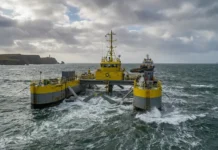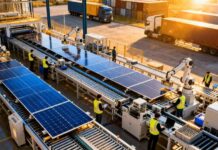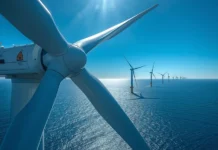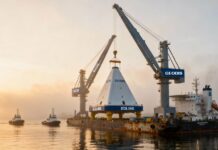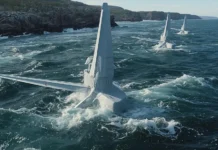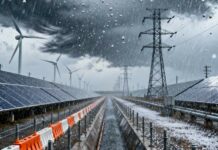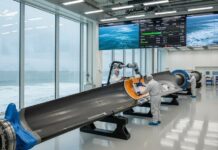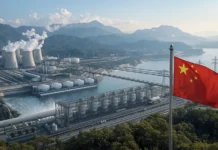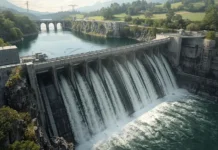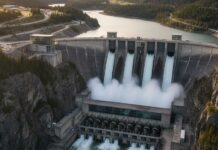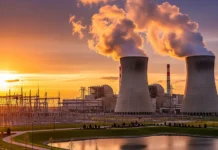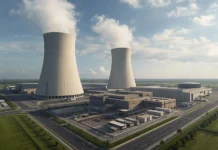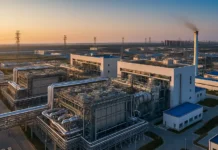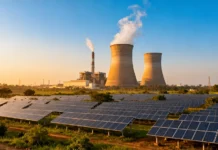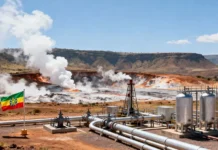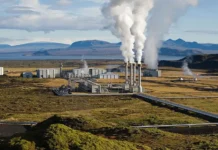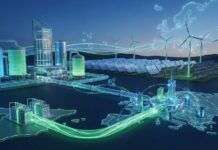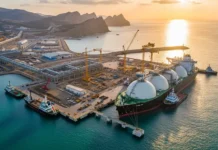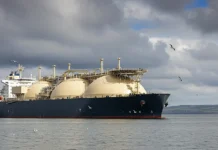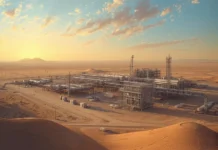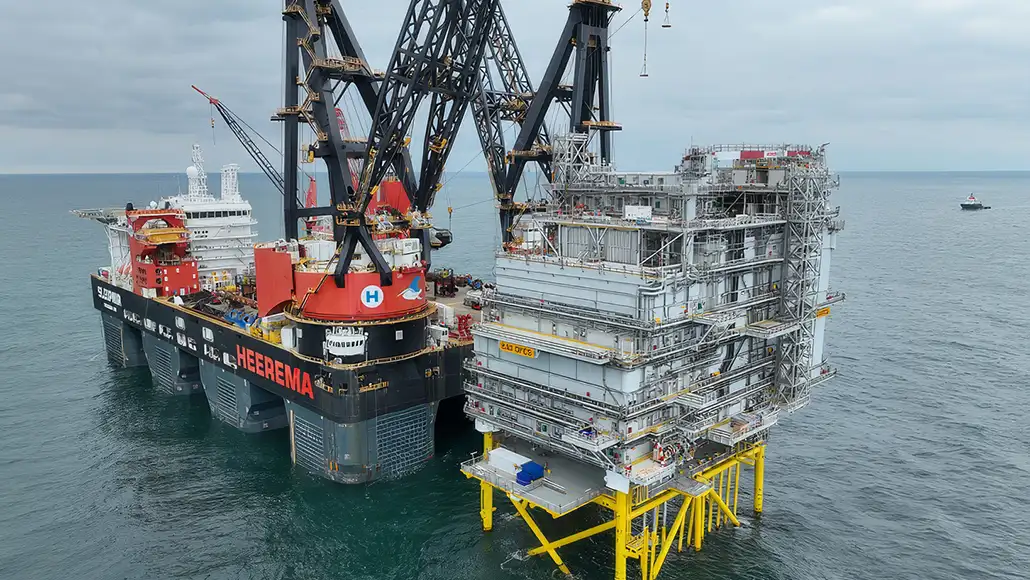Iberdrola, through its UK-based subsidiary ScottishPower Renewables, has completed the installation of a high-voltage direct current (HVDC) marine converter station at the East Anglia THREE wind farm, situated approximately 69 kilometers off the Suffolk coast in British waters of the North Sea.
Representing an overall investment of €5 billion, the East Anglia THREE project is the first offshore wind development by the Iberdrola Group to deploy HVDC technology, recognised as the most efficient method for transmitting electricity across long distances.
A central component of the project, the newly installed substation will convert power generated by the site’s 95 turbines from high-voltage alternating current to direct current. Once operational by the end of 2026, the 1,400 MW facility will have the capacity to generate clean electricity sufficient to supply more than 2.4 million people in the United Kingdom.
Valued at £4 billion, East Anglia THREE wind farm is jointly developed by Iberdrola and Masdar, which acquired a 50% stake in the project in July 2025 under a broader strategic alliance. The Masdar–Iberdrola partnership is recognised as one of the most significant bilateral collaborations in the international clean energy sector.
The offshore structure itself is notable for its scale and engineering achievement. Weighing 10,700 tonnes and measuring 70 metres in length, 34 metres in width, and 48 metres in height, it is the largest module ever built by the Iberdrola Group. Comparable in height to a 16-storey building and weighing half as much again as the Eiffel Tower, the converter station underscores the project’s technical ambition.
The complex installation process was carried out with precision using the world’s largest crane vessel, Heerema Marine Contractors’ SSCV Sleipnir, which had previously installed the project’s offshore foundations during the previous summer. Built in Mangalia, Romania, in mid-2024, the massive module made a journey of more than 3,800 nautical miles before arriving at Aker Solutions’ shipyard in Stord, Norway, where crews carried out the final assembly.
Its installation marks an important step forward for East Anglia THREE and shows the combined effort of the many teams and suppliers working together on one of the project’s most challenging offshore engineering tasks.



